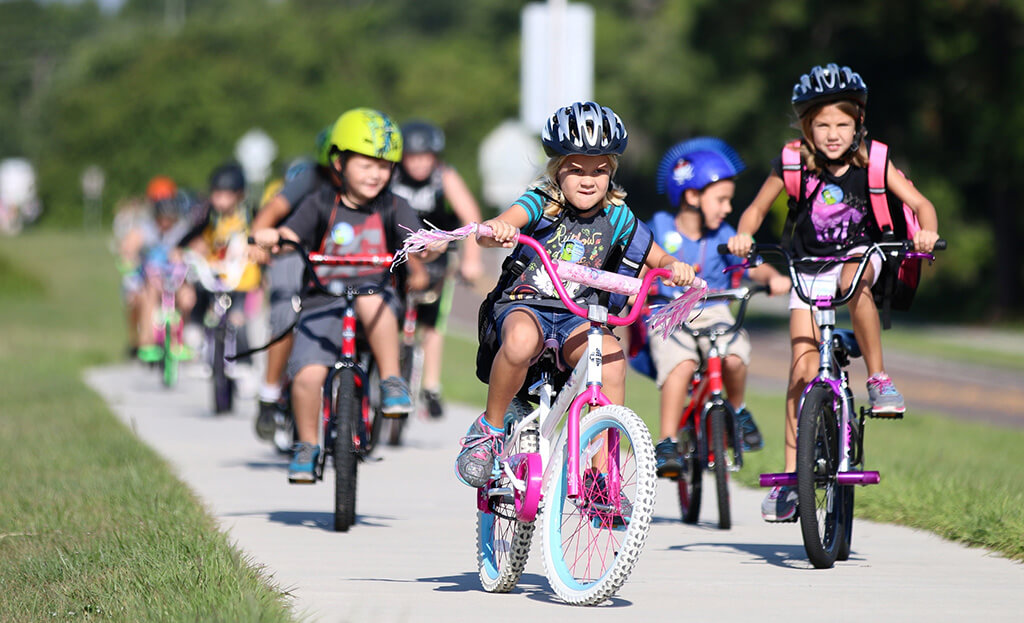

This is less a matter of a hard and fast rule and simply a matter of common sense: helmets save lives. If you're especially concerned about visibility while bike commuting at night, don't ride after dusk without wearing bright or reflective clothing. Riders in Washington, for example, are required to have a front light and a red rear reflector for any night riding conditions, and it's not a bad idea to have reflectors on your wheel spokes as well.

Be Seen at Nightĭifferent states have different requirements, but it's still a good idea to ensure drivers can see you at night. If you go this route, ensure you check your batteries regularly.

If you have extra money lying about, there are also electronic signals you can mount to your bike to add an extra bit of light and movement to boost your visibility. Nothing will cut your workday short like being plowed into by a driver who didn't know you were about to stop. Familiarize yourself with hand signals for different maneuvers such as turns, but keep in mind it's just as important to signal a slowdown or a stop, too. If you're on a highway you're expected to signal your turns, plain and simple. Be seen, ride carefully and don't act in a way that might surprise your fellow commuters. The golden rule in this case is to simply act as you would want other drivers and cyclists to act. Riding predictably means you'll be less likely to be hit which means you might want to avoid swerving through lanes of traffic erratically, taking wild turns or riding too close to cars if at all possible. It's not an outright rule, but rather a riding method to adhere to: any time you ride in the street means you're bound by the same laws that any other driver is beholden to and it's not just to keep traffic flowing smoothly. Learn about bicycle laws in your state 1.


 0 kommentar(er)
0 kommentar(er)
